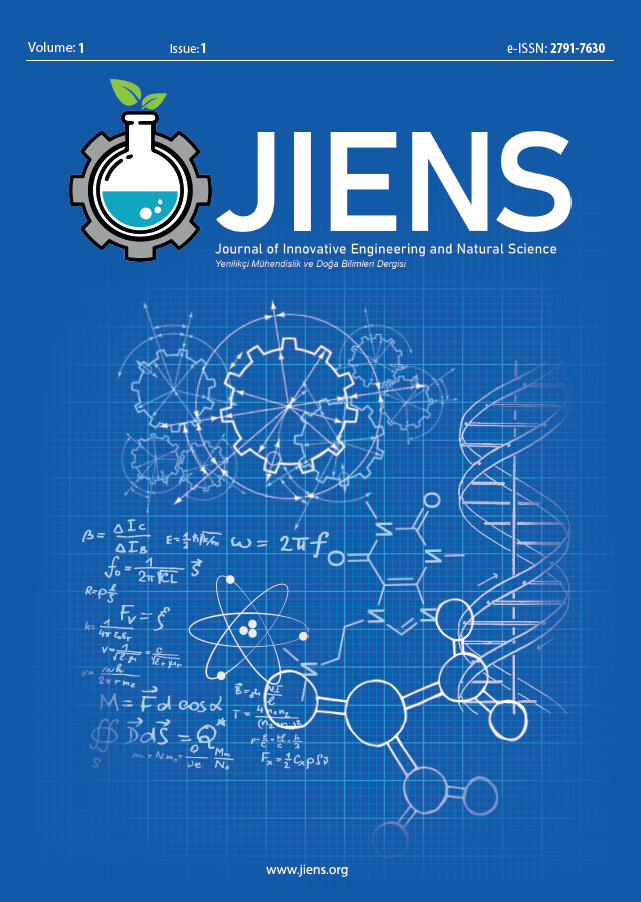Author :
Abstract
In this study, we have achieved the successful fabrication of polyvinylidene fluoride (PVDF) and thermoplastic polyurethane (TPU) nanofiber samples. The key element of our investigation revolved around the manipulation of solvent systems, specifically by varying the dimethyl formamide (DMF) to acetone ratio. Our primary objective was to explore the intricate interplay between the chosen solvent system and the resultant fiber morphology. To accomplish this, we employed a multifaceted approach, which encompassed the utilization of scanning electron microscopy (SEM) to provide a comprehensive visual representation of the nanofiber structures and dimensional measurements to quantify their physical attributes. Furthermore, fourier-transform infrared (FT-IR) spectroscopy was employed to delve into the molecular-level alterations induced by the solvent systems on the macromolecular morphology of the polymer nanofibers. This systematic examination not only contributes to a deeper understanding of the nanofiber fabrication process but also holds significant potential for various applications in the realm of materials science and nanotechnology.
Keywords
Abstract
In this study, we have achieved the successful fabrication of polyvinylidene fluoride (PVDF) and thermoplastic polyurethane (TPU) nanofiber samples. The key element of our investigation revolved around the manipulation of solvent systems, specifically by varying the dimethyl formamide (DMF) to acetone ratio. Our primary objective was to explore the intricate interplay between the chosen solvent system and the resultant fiber morphology. To accomplish this, we employed a multifaceted approach, which encompassed the utilization of scanning electron microscopy (SEM) to provide a comprehensive visual representation of the nanofiber structures and dimensional measurements to quantify their physical attributes. Furthermore, fourier-transform infrared (FT-IR) spectroscopy was employed to delve into the molecular-level alterations induced by the solvent systems on the macromolecular morphology of the polymer nanofibers. This systematic examination not only contributes to a deeper understanding of the nanofiber fabrication process but also holds significant potential for various applications in the realm of materials science and nanotechnology.
